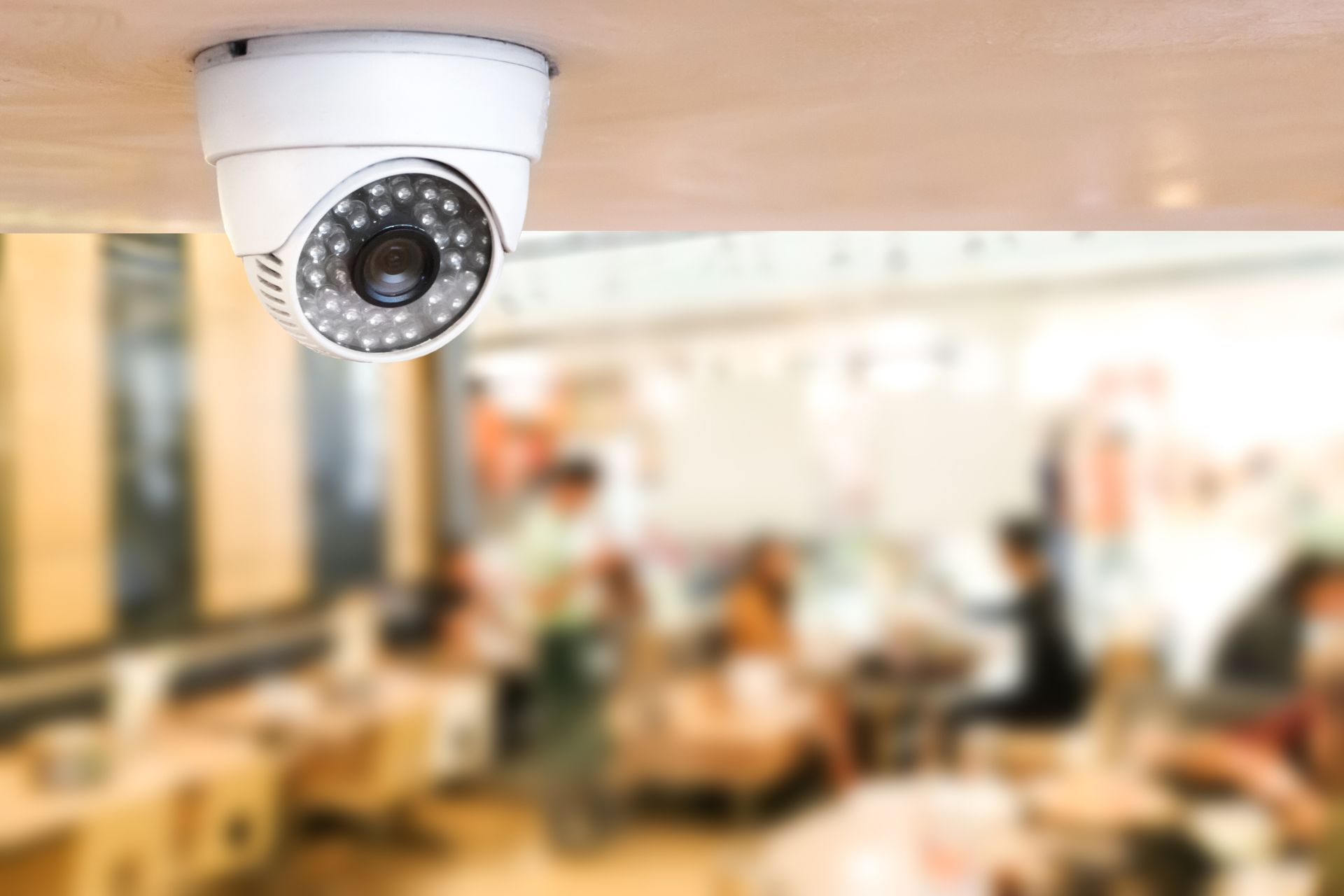Frequently Asked Questions
When connecting CCTV cameras to a DVR system, the recommended cable types include coaxial cables, specifically RG59 or RG6, which are widely used for analog video transmission due to their ability to carry high-frequency signals with minimal interference. Additionally, twisted pair cables, such as Cat5e or Cat6, are ideal for IP cameras, as they support Power over Ethernet (PoE) capabilities, allowing for both data and power transmission over a single cable. For installations requiring longer distances, using a combination of baluns with twisted pair cables can effectively extend the range of the video signal while maintaining quality. Furthermore, utilizing shielded cables can help mitigate electromagnetic interference, ensuring a stable and clear video feed. In some cases, fiber optic cables may be employed for high-definition video transmission over extensive distances, providing superior bandwidth and signal integrity. Overall, the choice of cable type is crucial for optimizing the performance and reliability of the CCTV surveillance system.
To configure motion detection settings on a DVR for optimal security, one must first access the DVR's user interface, typically through a connected monitor or via a web portal. Within the settings menu, the user should navigate to the motion detection section, where they can adjust parameters such as sensitivity levels, detection zones, and scheduling options. It is crucial to fine-tune the sensitivity to minimize false alarms caused by environmental factors like moving trees or passing vehicles, while ensuring that significant movements, such as intruders or unusual activities, are captured effectively. Defining specific detection zones allows the user to focus on critical areas, such as entry points or high-value assets, while ignoring less relevant areas. Additionally, enabling features like email alerts, push notifications, and video recording upon motion detection can enhance the overall security system's responsiveness. Regularly reviewing and adjusting these settings based on seasonal changes or new security threats will further optimize the DVR's motion detection capabilities, ensuring a robust surveillance solution.
The maximum number of cameras that can be connected to a single Digital Video Recorder (DVR) system varies significantly based on the specific model and its technical specifications. Typically, consumer-grade DVRs support anywhere from 4 to 16 channels, allowing for the simultaneous recording and monitoring of multiple surveillance cameras. However, more advanced commercial-grade DVR systems can accommodate upwards of 32, 64, or even 128 cameras, depending on the architecture and design of the system. Factors such as the resolution of the cameras, the bitrate of the video streams, and the storage capacity of the DVR also play crucial roles in determining the effective number of cameras that can be integrated without compromising video quality or system performance. Additionally, the use of network video recorders (NVRs) in conjunction with IP cameras can further expand the scalability of surveillance systems, enabling the connection of hundreds of cameras through network infrastructure. Thus, the maximum capacity is not only a function of the DVR's hardware but also the overall design of the surveillance ecosystem, including considerations for bandwidth, storage solutions, and the intended application of the security system.
To remotely access a DVR system from a mobile device, users typically need to ensure that their DVR is equipped with network connectivity features, such as Ethernet or Wi-Fi capabilities. Most modern DVRs come with dedicated mobile applications or web interfaces that facilitate remote viewing and management of recorded content. Users must first configure their DVR settings to enable remote access, which often involves creating an account with the DVR manufacturer or service provider, and ensuring that the device is connected to the internet. Once the setup is complete, users can download the corresponding mobile app, available on platforms like iOS and Android, and log in using their credentials. This process may also require port forwarding on the home router to allow external access, ensuring that the mobile device can communicate with the DVR over the internet. Additionally, users should consider security measures, such as enabling two-factor authentication, to protect their personal data and recorded footage from unauthorized access. By following these steps, users can conveniently stream live video feeds, manage recordings, and access playback features from anywhere, enhancing their overall viewing experience.
When positioning CCTV cameras for effective coverage in a DVR setup, several best practices should be meticulously followed to ensure optimal surveillance. First, strategic placement of cameras should prioritize high-traffic areas, entry and exit points, and vulnerable zones such as windows and driveways, thereby maximizing field of view and minimizing blind spots. Utilizing a combination of fixed and PTZ (pan-tilt-zoom) cameras can enhance flexibility and adaptability in monitoring diverse environments. Additionally, cameras should be mounted at a height that deters tampering while still capturing clear facial recognition and license plate details, typically between 8 to 10 feet. It is also crucial to consider lighting conditions; cameras should be positioned to avoid glare from direct sunlight or artificial light sources, and infrared capabilities should be utilized for low-light scenarios. Furthermore, ensuring that the cameras are securely installed and protected from environmental elements will enhance durability and reliability. Regularly reviewing camera angles and coverage areas, along with integrating motion detection and alerts, can further optimize the effectiveness of the CCTV system in a DVR setup.

